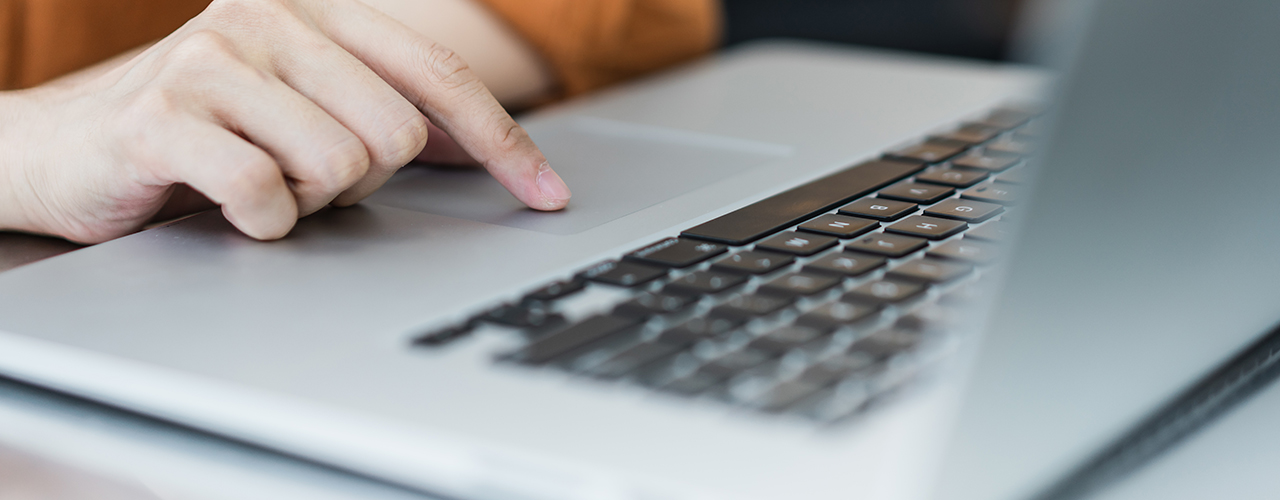Solution Applications
Scenario Images

Solution Overview
1. In a notebook system, the EC is connected to the CPU via the eSPI/LPC bus. The EC connects all types of peripherals, such as keyboards, batteries, temperature sensors, touchpads, keys, LEDs, and fans, achieves basic functions required by notebooks, such as timing control, battery charge/discharge management, key scanning, and LED effect control, and enriches the operating characteristic of notebooks.
2. The battery provides the notebook with the power to run. The BMS chip inside the battery collects real-time cell data and transmits them to the EC chip, thereby enabling battery charge and discharge management. Additionally, the BMS ensures cell safety, prevents the cell from over-charging and over-discharging, and extends the battery's life.
3. The Type-C interface used in notebooks is the fastest USB interface with a maximum speed of 40 Gbit/s, and can transmit data, images, and power. The PD chip is designed for high power transmission, providing users with strong power output of up to 100 W.
Application Block Diagrams






































